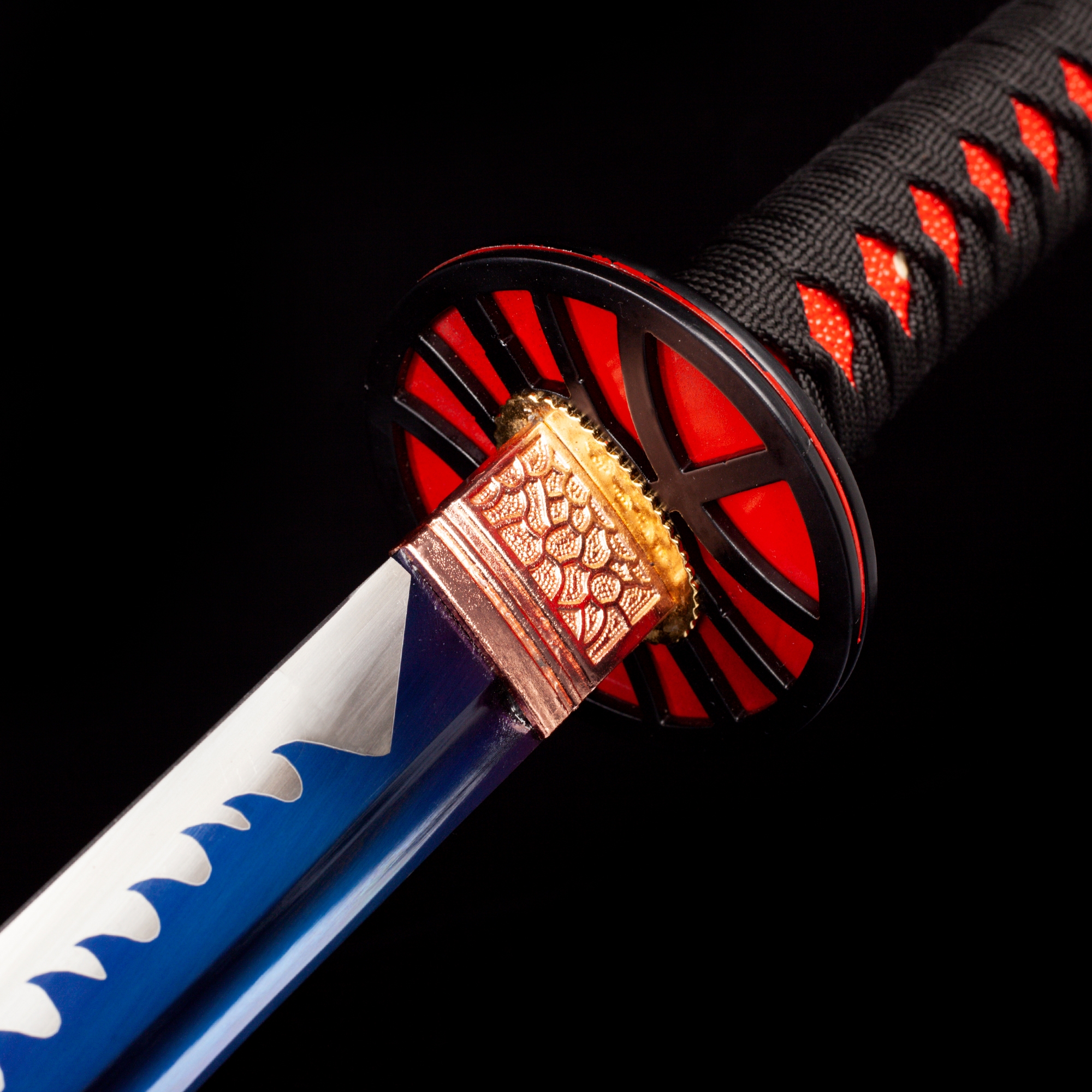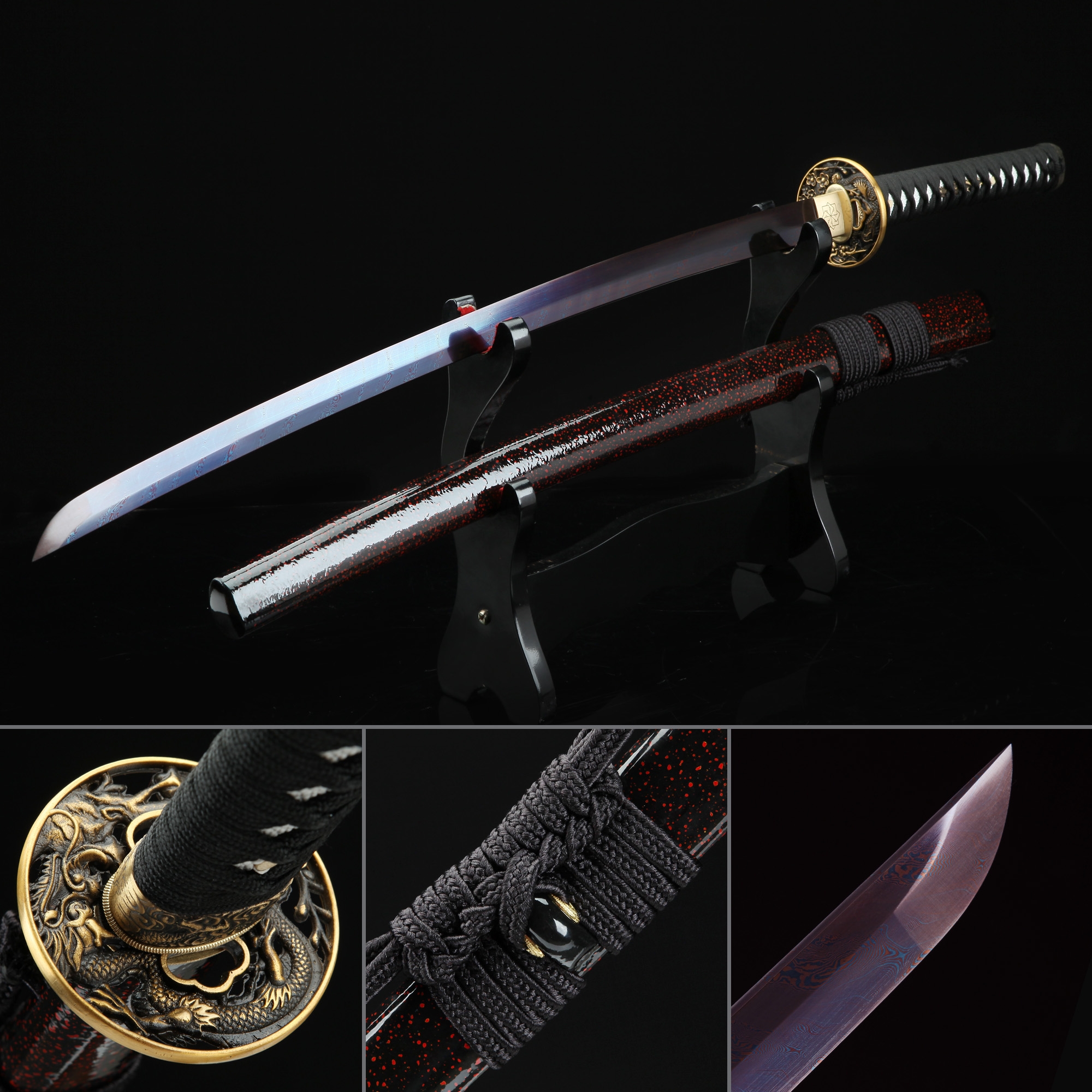Table Of Content

Known for its long, slender blade, the Rapier was designed primarily for thrusting attacks. Despite its length, it was often categorized as a short sword due to its light weight and single-handed use. The Rapier was a popular choice in civilian self-defense and duels, and it remains a symbol of the Renaissance period. The influence of short swords on modern military blade design is apparent. Take, for instance, the combat knife, a staple of modern military arsenals.
Lessons from Short Swords: Modern Military Blade Design
The world of short swords is incredibly diverse, with different regions and cultures developing their own unique styles and designs. From the straight double-edged blade of the Roman Gladius to the slightly curved blade of the Eastern Wakizashi, the variety is astounding. The allure of short swords isn't simply due to their historic significance. Their unique blend of functionality and design gives them an edge in close quarters combat, making them a favorite among history enthusiasts and collectors.
Starfield Ship Looks Like Giant Halo Energy Sword - GameRant
Starfield Ship Looks Like Giant Halo Energy Sword.
Posted: Fri, 08 Mar 2024 08:00:00 GMT [source]
The Medieval Period: Broad to Arming Swords
The pages listed below provide an illustrated overview of the features listed above, followed by examples. For example, the claymore described previously is worn by soldiers in ceremonial processions in Scotland today. The rapier may have developed as early as the 14th century, but became popular in the 16th and 17th centuries.
The Symbolism of Short Swords in Different Cultures
King set to receive new Scottish sword – named The Elizabeth after late Queen - The Scotsman
King set to receive new Scottish sword – named The Elizabeth after late Queen.
Posted: Fri, 30 Jun 2023 07:00:00 GMT [source]
These innovators fashioned their blades from bronze and transitioned to iron in later centuries. It can also be tricky to tell the history of swords because of overlaps in design and prolonged use within certain countries’ histories. Bearing this in mind, we have organized swords based on their geographic location and the time period in which their popularity reached its peak. Where the genius of the design shines through is the design of the hilt.

Their forms and techniques advanced along with armor and the broader evolutions in tactics and technology. Two-handed swords are appropriately sized and balanced for use with two hands rather than one. This provided greater versatility, leverage, and momentum generation versus smaller blades.
Sand the sword to smooth out the edges on a belt sander or by hand. Pattern welded steel swords date back to the first millennium B.C., with Celtic, African, Germanic, and Roman swords first exhibiting the method. Layered Damascus steel, which is a form of pattern welding, was also used in South Asia, and the Middle East during the Middle Ages. Then choose your pommel (peened in place, not screwed like most mass produced swords) and scabbard if desired.
***Check back soon to see the new options we've designed for our popular CYOS program!***
Northern and Central African nations developed beautiful and function swords and smaller blades during the 18th and 19th centuries. These weapons were literal tools for self-protection and nation building, but also served as symbols of power for leaders. These weapons were truly massive with blades measuring inches long. The two handed grip of a longsword could measure as much as 10 to 15 inches. As probably the first sword that pops into the imagination, the knightly sword, as its name suggests, was the symbol of the knight. As a one-handed weapon on the battlefield, it was often paired with a shield.

Single-handed, Both-handed, Short Sword
Reproduction sword and historical sword collecting is another popular hobby for history buffs and weapons enthusiasts. Europe in particular continued to develop new sword styles to meet the demands of ever-evolving military technology. While swords like the tsurugi, wakizashi, odachi, and nodachi developed in Japan, none are as famous or important to the history of the country as the katana. The Middle Ages were a time of greater sword diversity, with new styles developing as armor and warfare evolved. While sword making existed for centuries prior to the Middle Ages, the most recognizable swords in world history originate in this time period. The Franks traded their knowledge of sword making with the Vikings, who added their own style to the blades.
Introduction: The Allure of Short Swords
Over the centuries, as military strategies evolved, so too did the design of short swords. For instance, during the Viking Age, the curved blade became popular, proving especially useful for close quarters combat on ships. The Roman Gladius, with its straight double-edged blade, was designed for thrusting, giving Roman soldiers a distinct advantage in tight formations. The Middle Ages saw another significant shift in short sword design. As armor technology improved, the need for heavier, more effective weapons grew.
Some falchions feature straight backs, while others have gently curved backs. But all are optimized for powerful chopping and cutting versus thrusting. Some of the top museums in the world also have vast collections of historical swords. The Metropolitan Museum of Art and the Royal Armory are just two examples of institutions with large arms and armor collections.
With its single-handed form, it was designed primarily for cut and thrust attacks, while leaving the other hand free to operate a shield. Its blade was typically straight and double-edged, making it a versatile weapon that was effective in both offensive and defensive roles. What sets short swords apart from their longer counterparts isn't merely their blade length.
It has a curved blade, circular or squared tsuba, and a long, two-handed grip. The wakizashi is typically a shorter sword that, when worn with the katana, was the official sign of a samurai. Tantos are Japanese knives that could also be paired with a katana, in place of a wakizashi.
Versatile and moderate in size, the talwar was perfect for both foot and mounted soldiers. The Middle Eastern scimitar developed into many new iterations as the blade style was exported to surrounding areas. Examples of scimitar variations include the Persian shamshir, Indian talwar, Turkish kilij, Moroccan nimcha, and Afghan pulwar. Viking sword makers decorated their hilts with patterns, stones, and precious metals like silver and gold. Bone and antler were other natural materials commonly used as ornamentation. By the time of the Han Dynasty (202 BC-220 AD) Chinese sword making was perfected.
Even after samurai declined, their iconic katanas and the martial skills to wield them remain culturally significant in Japan and globally. Rapiers saw use through the 18th century until other light thrusting swords like the smallsword supplanted them. But many cavalry units carried them into World War II in a limited role alongside firearms and lances.
As one of history’s most important weapon concepts, swords evolved into many different forms, each designed to deal with certain contexts. Like natural evolution, the evolution of swords produced some pointless dead-ends, as well as metaphorical apex predators. Once the sword has been beveled, normalized, and sanded, reheat it and dip it in oil until it reaches room temperature. This process is known as quenching and it hardens the steel to strengthen your sword.

No comments:
Post a Comment